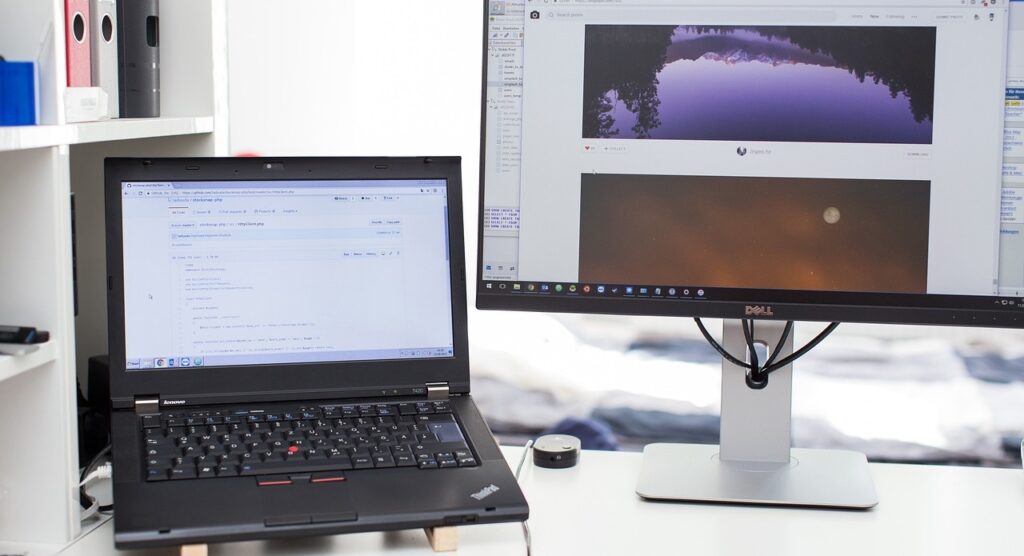
Extracting text from an image is actually a task that is required in many places. Let’s take an example. At a toll plaza, dedicated personnel or machines have to note down the numbers of all passing vehicles. This task could be automated or done manually, depending on the country and location.
It is, in a sense, extracting text from an image. If we are looking for examples in the truest meaning of the word, then we can look at students. Students can take pictures of their lecture slides and the white/blackboard. They can use these pictures to transcribe all the text into a new document when they are creating their notes.
Both examples have multiple ways of extracting text if we think about it, either manually or by using a tool. Let’s look at which method is the better one.
Extracting Text from an Image Using 2 Ways: Which is Better?
Now, we will look at the ins and outs of the two methods.
-
Manual Method
This is the most straightforward method of text extraction. It relies on human sight and effort. In this method, a person has to sit down, look at the image, and then write the text themselves.
This has several advantages:
- The text extraction is very accurate because humans are really good at recognizing different text fonts and handwriting styles
- There is almost no chance of a wrong recognition
- Paraphrasing can be incorporated into the text extraction if accuracy is not an issue
On the other hand, it also has several drawbacks:
- Text extraction is slow
- Chance of human error
So, it is easy to see that there are trade-offs for each advantage. Now, let’s take a look at the tool-aided method.
-
Tool-Aided Text Extraction
Nowadays, we can use OCR (Optical Character Recognition) technology to automatically detect text inside images and extract them.
Computers cannot “read” text the same way humans can. In normal word processing, each character has an ASCII code associated with it. Computers can understand the ASCII but not the character itself. This makes it difficult to extract text from images because, to them, the character is just an array of pixels.
With OCR, however, computers can discern that a particular arrangement of pixels is a character. There are plenty of online tools available now that can use this technology to copy text from images.
Now let’s look at the benefits of using an OCR tool to copy text from an image:
- Very fast—barely takes a few seconds
- Very accurate if the font is not unconventional
As you can see, tool-aided text extraction is much faster than manual text extraction. But it has its issues as well. The most common ones are:
- Unable to properly extract text if the font is similar to handwriting or too different from digital fonts.
From this information, we can come to a conclusion as to which method is better for extracting text from an image.
Verdict
From what we have seen, we can see that both methods have their advantages. But if we look at the most significant number of use cases where text extraction from an image is required, then the tool-aided method is better.
Let’s look at an example again.
We have automated systems at various toll plazas that have to note down the numbers of all passing vehicles. Doing this manually is really inefficient and slow. But the tool-aided method is very good here.
Then, government offices have to process identifying documents on a daily basis. For security reasons, these documents are not stored in a digital medium. So, to scan and process these physical documents, the tool-aided approach is much better than the manual approach.
So, we can safely say that in most circumstances, tool-aided text extraction is the better method.


